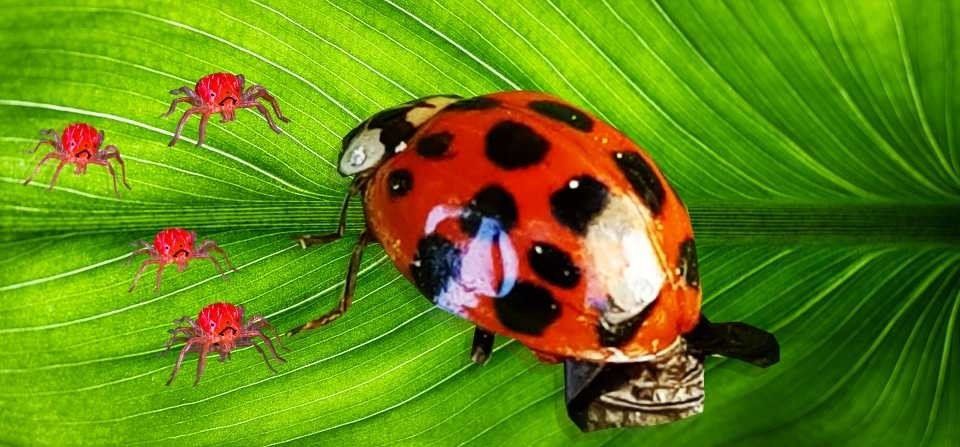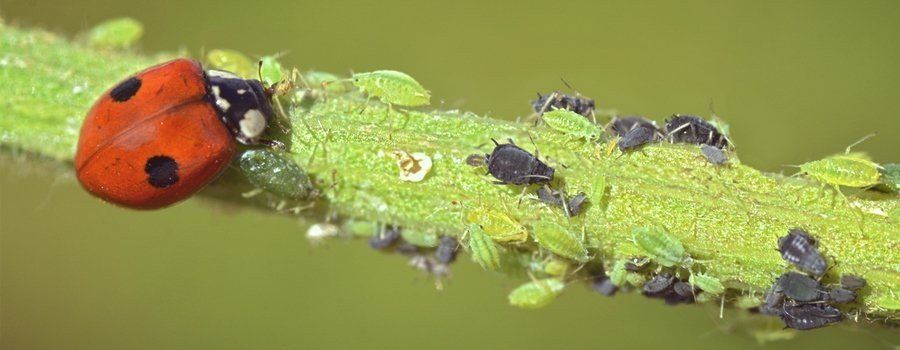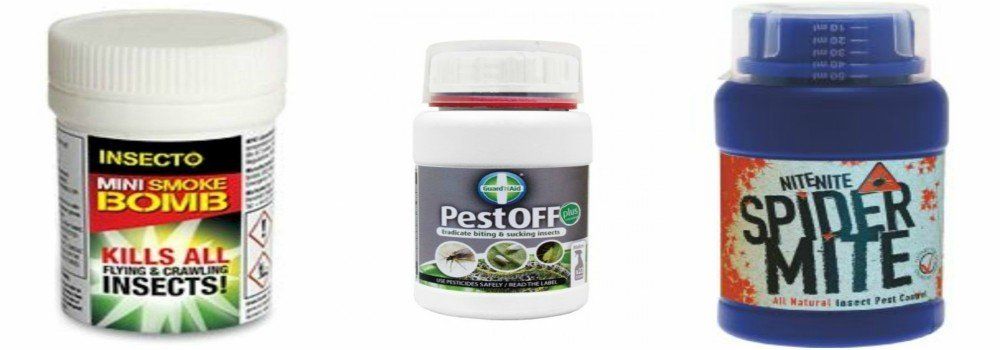Ladybirds versus Spider Mites
These predators will munch the little terrors away!
We wrote about spider mites and the damage that they can cause to your plants. Being around 1mm in diameter, spider mites are so tinythey are almost difficult to see with the naked eye. What is visible is the damage to your crop if they have the opportunity to take over.
There are various modern methods of eliminating these, and in particular preventing them, and these can be read about in the post about how to deal with spider mites.
Nature's traditional method is for predators to hunt and consume the pests and ladybirds or ladybugs are one of the strongest where this is concerned. When mites attack the plant it emits a chemical that the ladybirds are attracted to. Ladybirds are huge compared to the parasites and their appetites are huge too - an adult can easily munch away 100 mites every day!
Sourcing the Ladybirds
There is no need to go out into the garden and hunt for them, it is possible to get packets of them online or from us. Simply open the packet and release them into your growroom and think of them as part of your security!
Ladybirds feed on pollen so you can also keep and grow passion fruit or sunflowers near to your usual crop so as to keep them happy and well fed.
Ladybirds do hibernate over winter and they tend to huddle in groups at this time. They also go through periods of time where they temporarily lose interest in the spider mites! For this reason it is always wise to have stock of the chemical treatments such as GuardnAid or Smoke Bombs.
In addition, there is another thing worth mentioning. There has recently been various stories about an invasion of ladybirds with STDs (sexually transmitted diseases). Whilst partially true, the Asian Harlequin species from the United States can only pass this disease among themselves and not to humans!




